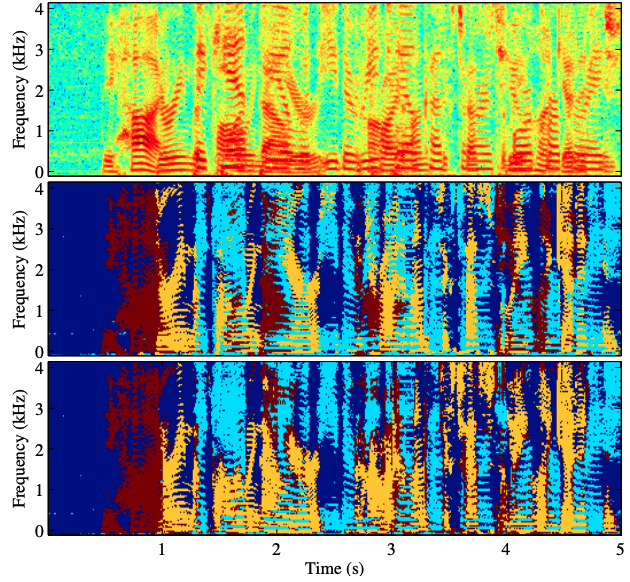On Data Sampling Strategies for Training Neural Network Speech Separation Models
Speech separation remains an important area of multi-speaker signal processing. Deep neural network (DNN) models have attained the best performance on many speech separation benchmarks. Some of these models can take significant time to train and have high memory requirements. Previous work has proposed shortening training examples to address these issues but the impact of this on model performance is not yet well understood. In this work, the impact of applying these training signal length (TSL) limits is analysed for two speech separation models: SepFormer, a transformer model, and Conv-TasNet, a convolutional model. The WJS0-2Mix, WHAMR and Libri2Mix datasets are analysed in terms of signal length distribution and its impact on training efficiency. It is demonstrated that, for specific distributions, applying specific TSL limits results in better performance. This is shown to be mainly due to randomly sampling the start index of the waveforms resulting in more unique examples for training. A SepFormer model trained using a TSL limit of 4.42s and dynamic mixing (DM) is shown to match the best-performing SepFormer model trained with DM and unlimited signal lengths. Furthermore, the 4.42s TSL limit results in a 44% reduction in training time with WHAMR.
PDF Abstract

 WSJ0-2mix
WSJ0-2mix